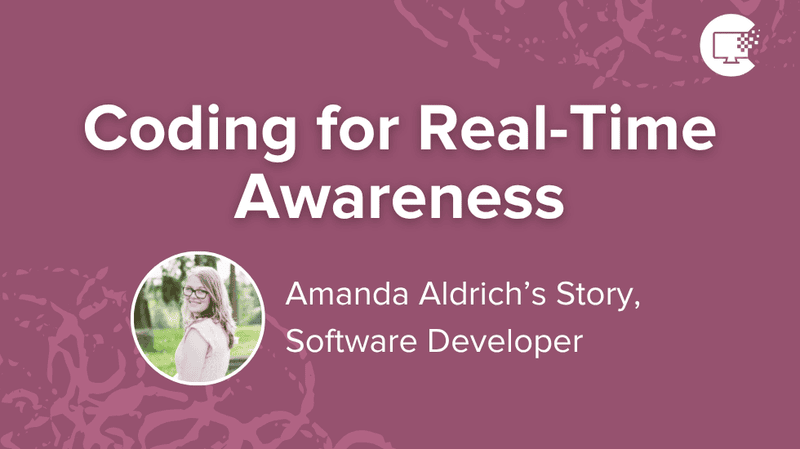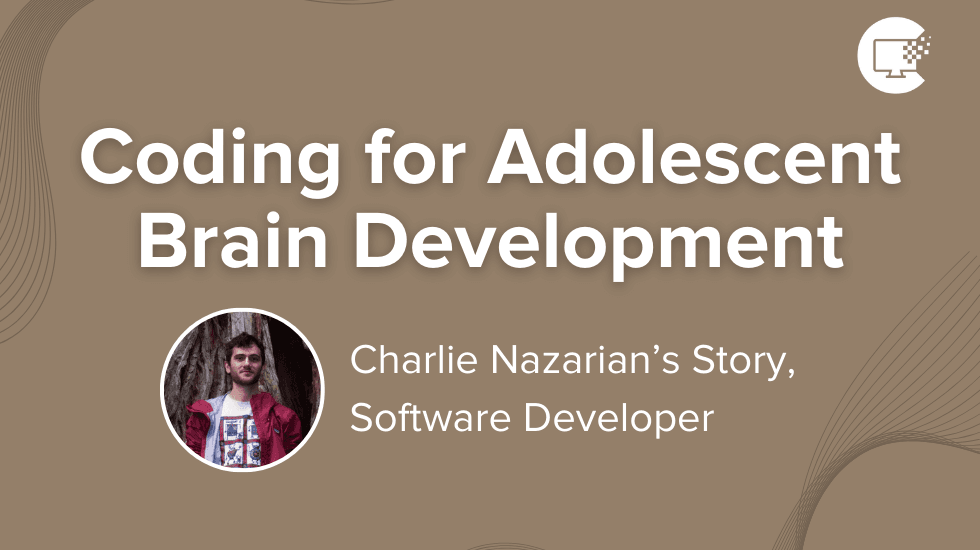
Coding for Cognitive Science and E-Commerce
By Michael Brandt
Michael Brandt has a Bachelor’s degree in Computer Science from Stanford, and is co-founder of Nootrobox, a company that makes GO CUBES Chewable Coffee and other cognitive supplements. Nootrobox and GO CUBES have been featured in the New York Times and Bloomberg, and are backed by prominent Silicon Valley investors.
At Nootrobox, we use coding on a daily basis in 2 key ways:
Cognitive Science Research
Nootrobox researches and develops cognitive supplements, which are things you can eat to enhance mental performance. To give a sense of what that looks like — a couple billion cups of coffee are drunk on a daily basis all over the world, oftentimes for performance and alertness. We are researching compounds that work better than coffee at improving things like attention, focus, and memory, with a low side-effect profile.
Reaction time, error rate, fatigue, and other factors related to cognition are usually tested using software, since software allows for a degree of consistency and precision that is simply not possible otherwise.
The primary question in this space is, “how do you measure cognition?” This type of research is done regularly in clinical psychology, and there is almost always software involved. For instance, the n-back test is popularly used to measure working memory. Reaction time, error rate, fatigue, and other factors related to cognition are usually tested using software, since software allows for a degree of consistency and precision that is simply not possible otherwise.
In the future we’re looking into ways of creating personalized supplements for people, based on genetic analysis, biomarker levels in blood/urine, and input from devices like pedometers and smartphone apps. This all involves novel software to crunch data and provide a beautiful easy-to-use interface to users.
E-Commerce
We sell the vast majority of our products online via our website (as well as Amazon). A great e-commerce website depends on well-written software that’s both visible to the user, as well as doing heavy lifting behind the scenes.
A great e-commerce website depends on well-written software that’s both visible to the user, as well as doing heavy lifting behind the scenes.
On one level, we develop an e-commerce frontend: a website that loads smoothly, that communicates our product & lets people learn more, that’s easy to navigate, explore, and buy, and that works well on all different devices from large monitors to smartphones. We don’t have any physical store locations, so our website is our window to the world, and we put a lot of effort into making it awesome.
On the second level, we develop an e-commerce backend: secure payment processing, sending orders to our warehouse, sending shipment tracking information to customers, and automatically managing subscriptions. Each day, this system lets us ship hundreds or thousands of orders from multiple warehouses around the country, with virtually no errors.
Conclusion
It’s exciting to see the ways that software can be used to create new discoveries and make novel experiences for customers. You can read more about what we’re up to over at thinking.nootrobox.com. Thanks for reading!
Tools and Languages Used: JavaScript, including libraries like React, Reflux, React-on-Rails, Cssguidelin.es, and velocityjs


